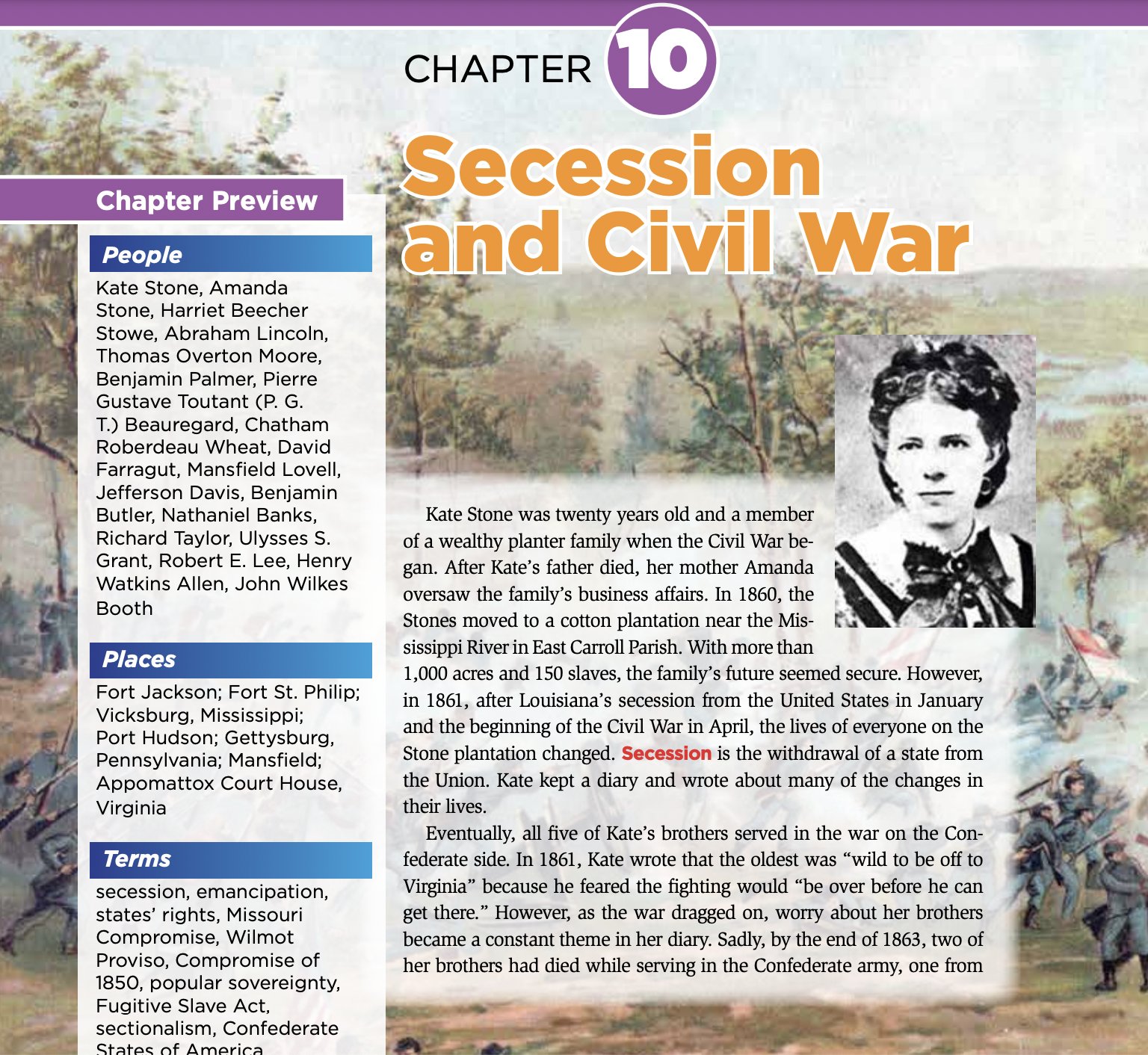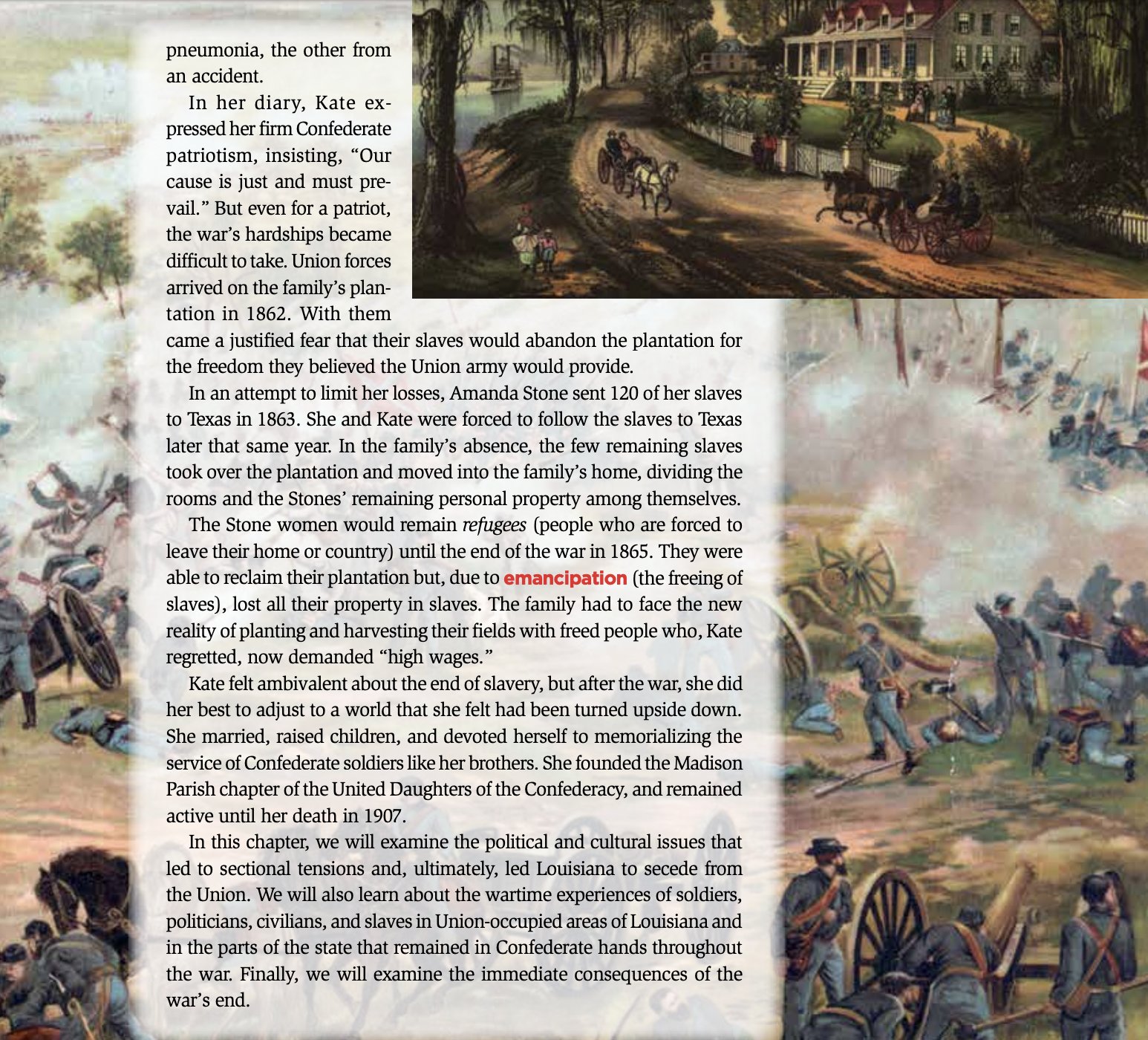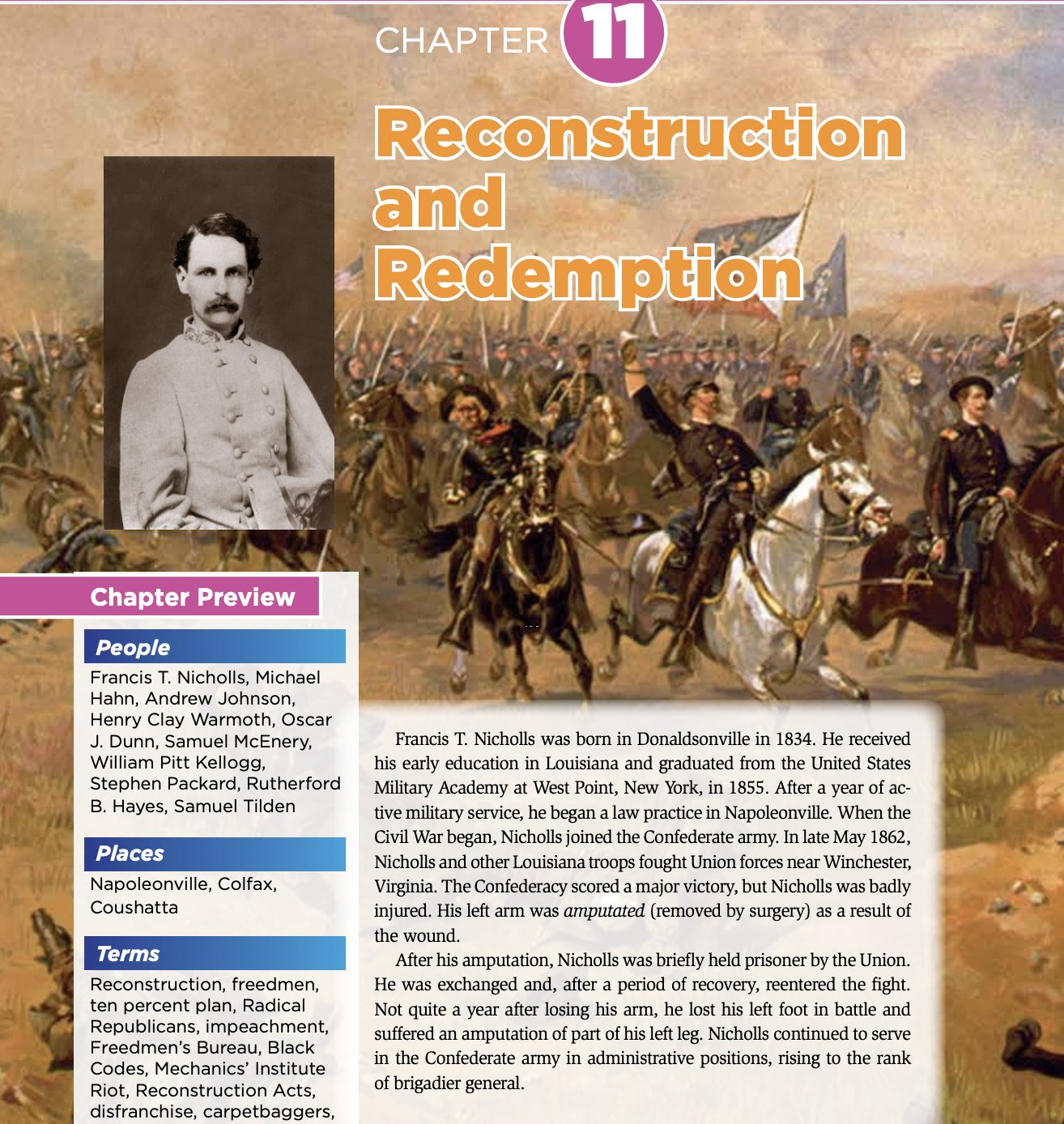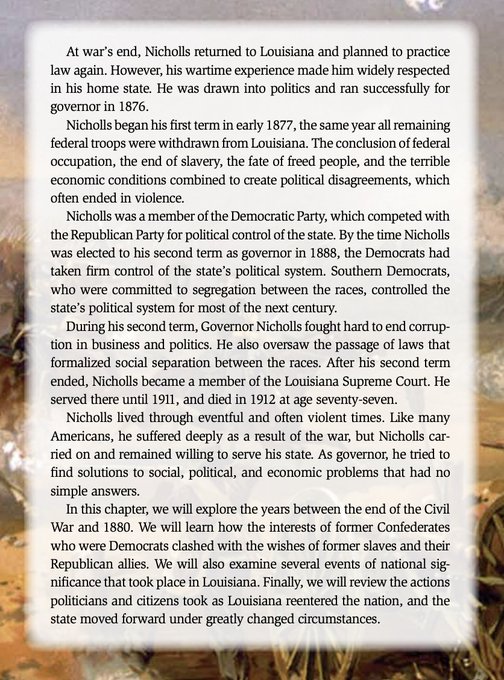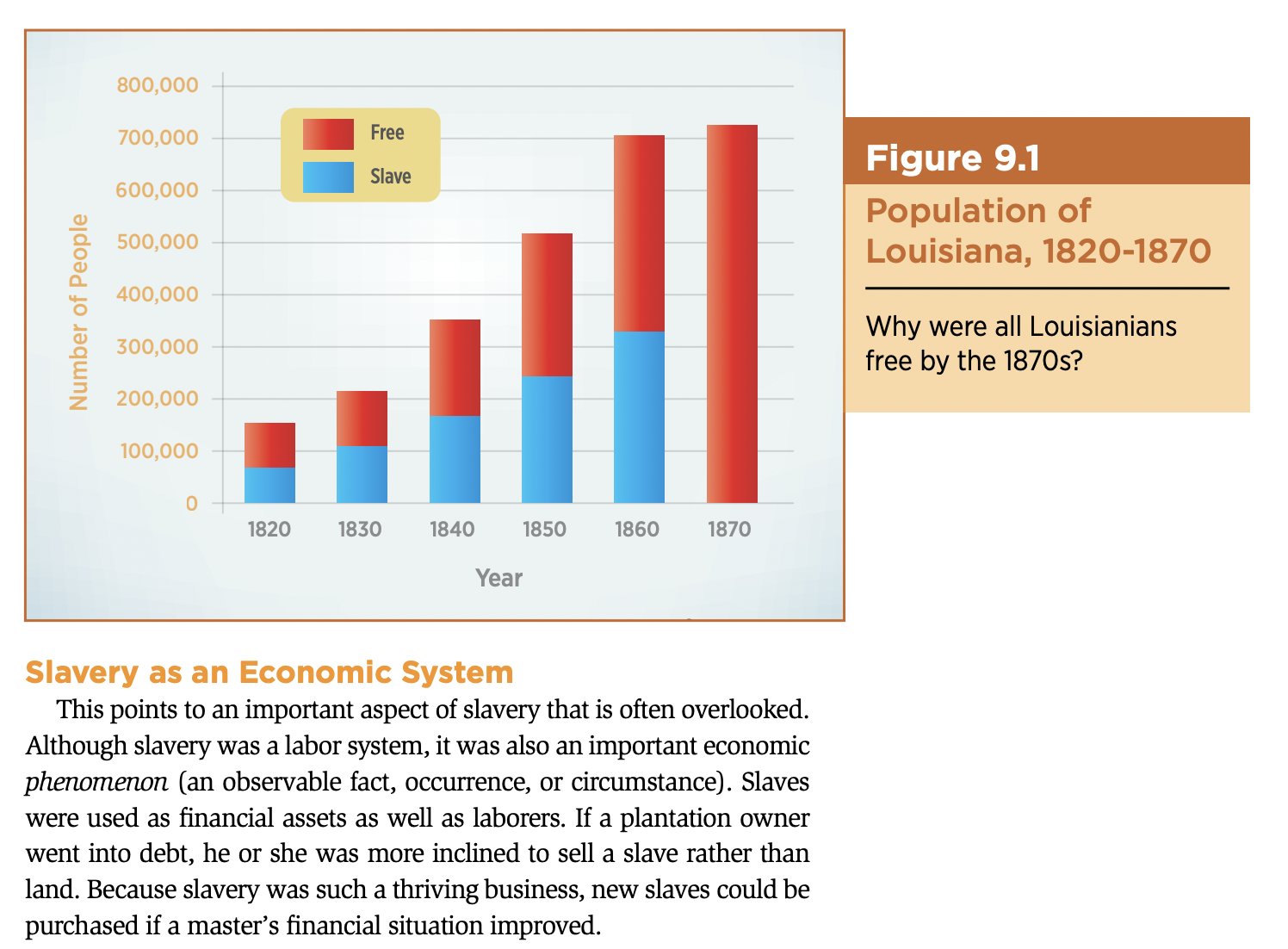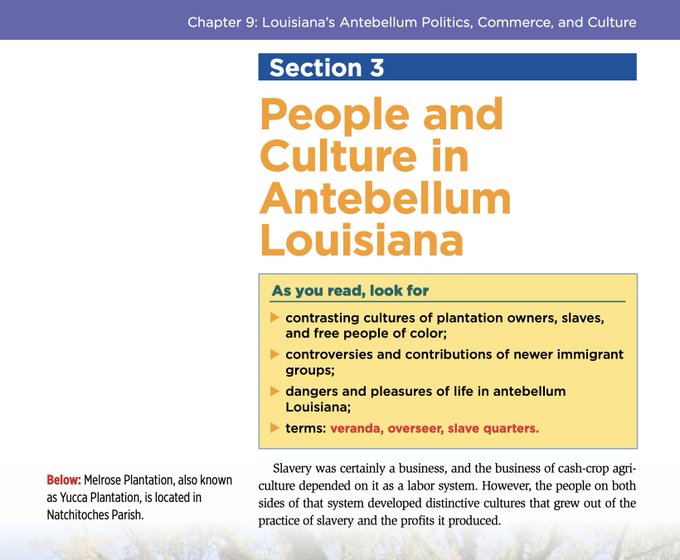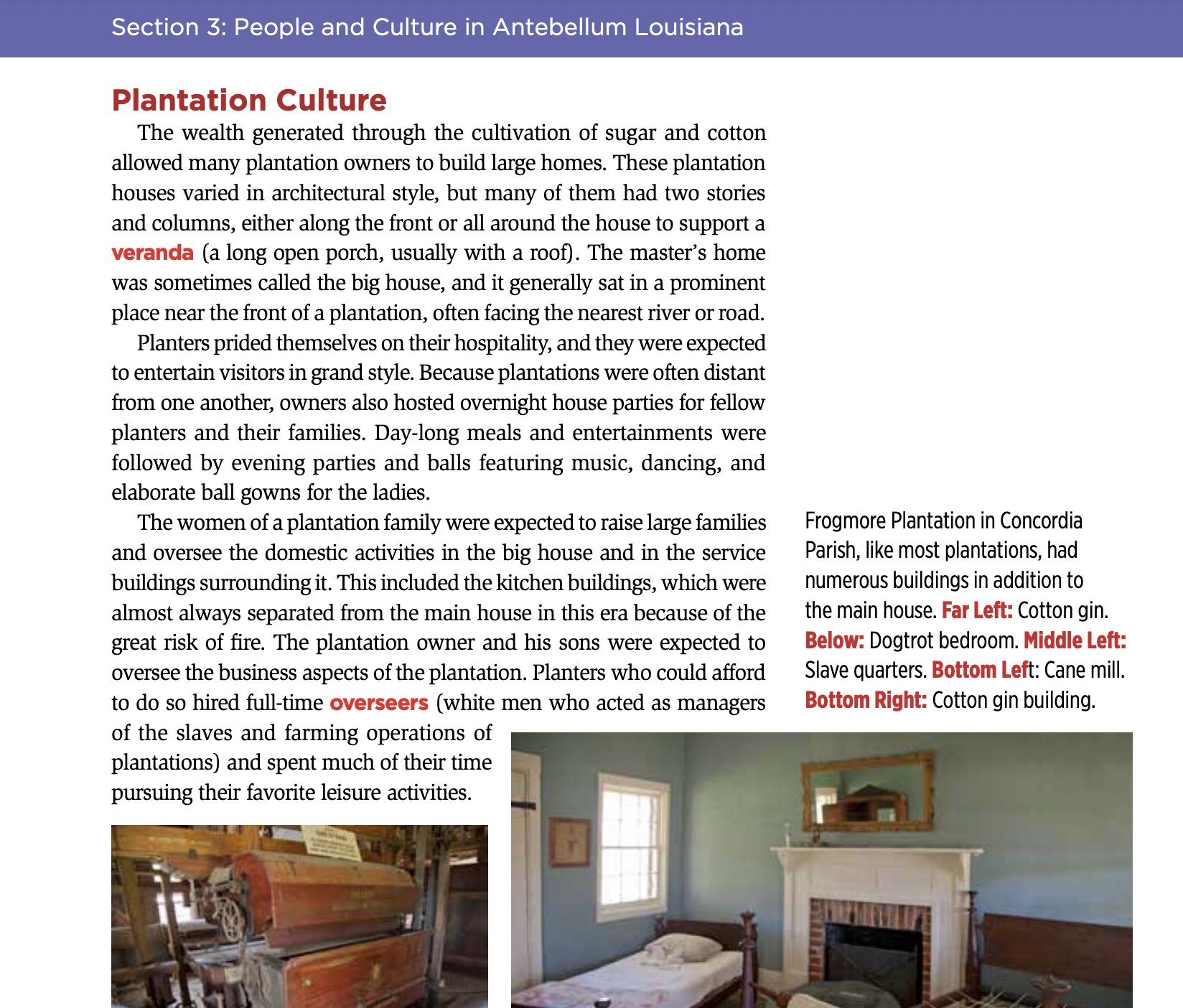part 2:
If you asked an Englishman in the early part of the 17th century what colour skin he had, he might very well have called it white. But the whiteness of his skin would have suggested no more suitable basis for a collective identity than the roundness of his nose or the baldness of his head. If you asked him to situate himself within the rapidly expanding borders of the known world, he would probably identify himself, first and most naturally, as an Englishman. If that category proved too narrow – if, say, he needed to describe what it was he had in common with the French and the Dutch that he did not share with Ottomans or Africans – he would almost certainly call himself a Christian instead.
That religious identity was crucial for the development of the English slave trade – and eventually for the development of racial whiteness. In the early 17th century, plantation owners in the West Indies and in the American colonies largely depended on the labour of European indentured servants. These servants were considered chattel and were often treated brutally – the conditions on Barbados, England’s wealthiest colony, were notorious – but they were fortunate in at least one respect: because they were Christian, by law they could not be held in lifetime captivity unless they were criminals or prisoners of war.
Africans enjoyed no such privilege. They were understood to be infidels, and thus the “perpetual enemies” of Christian nations, which made it legal to hold them as slaves. By 1640 or so, the rough treatment of indentured servants had started to diminish the supply of Europeans willing to work on the sugar and tobacco plantations, and so the colonists looked increasingly to slavery, and the Atlantic-sized loophole that enabled it, to keep their fantastically profitable operations supplied with labour.
The plantation owners understood very well that their cruel treatment of indentured Europeans, and their even crueller treatment of enslaved Africans, might lead to thoughts – or worse – of vengeance. Significantly outnumbered, they lived in constant fear of uprisings. They were particularly afraid of incidents such as Bacon’s Rebellion, in 1676, which saw indentured Europeans fighting side-by-side with free and enslaved Africans against Virginia’s colonial government.
To ward off such events, the plantation owners initially sought to protect themselves by giving their “Christian” servants legal privileges not available to their enslaved “Negroes”. The idea was to buy off the allegiance of indentured Europeans with a set of entitlements that, however meagre, set them above enslaved Africans. Toward the end of the 17th century, this scheme witnessed a significant shift: many of the laws that regulated slave and servant behaviour – the 1681 Servant Act in Jamaica, for example, which was later copied for use in South Carolina – began to describe the privileged class as “whites” and not as “Christians”.
One of the more plausible explanations for this change, made by Rugemer and the historian Katharine Gerbner, among others, is that the establishment of whiteness as a legal category solved a religious dilemma. By the 1670s, Christian missionaries, including the Quaker George Fox, were insisting that enslaved Africans should be inducted into the Christian faith. The problem this posed for the planters was obvious: if their African labourers became Christians, and no longer “perpetual enemies” of Christendom, then on what legal grounds could they be enslaved? And what about the colonial laws that gave special privileges to Christians, laws whose authors apparently never contemplated the possibility that Africans might someday join the faith?
The planters tried to resolve the former dilemma by blocking the conversion of enslaved Africans, on the grounds, as the Barbados Assembly put it in 1680, that such conversion would “endanger the island, inasmuch as converted negroes grow more perverse and intractable than others”. When that didn’t work (the Bishop of London objected) they instead passed laws guaranteeing that baptism could not be invoked as grounds for seeking freedom.
But the latter question, about privileges for Christians, required the colonialists to think in a new way. No longer could their religious identity separate them and their servants from enslaved Africans. Henceforth they would need what Morgan called “a screen of racial contempt”. Henceforth, they would need to start thinking of themselves as white.
As late as 1694, a slave-ship captain could still question the racial logic newly employed to justify his trade. (“I can’t think there is any intrinsick value in one colour more than another, nor that white is better than black, only we think it so because we are so,” Thomas Phillips wrote in his diary.) But whiteness quickly proved itself a powerful weapon that allowed transatlantic capitalism to secure the labour – “white” and African – it needed. As the historian Theodore Allen put it, “The plantation bourgeoisie deliberately extended a privileged status to the white poor of all categories as a means of turning to African slavery as the basis of its system of production.”
The economic utility of the idea of whiteness helped spread it rapidly around the world. Du Bois was not wrong to call it a religion, for like a religion, it operated at every psychological, sociological and political scale, from the most intimate to the most public. Like a religion, too, it adapted to local conditions. What it meant to be white in British Virginia was not identical to what it would mean in New York before the American civil war, in India during the Raj, in Georgia during Jim Crow, in Australia after Federation, or in Germany during the Third Reich. But what united all these expressions was a singular idea: that some group of people called white was naturally superior to all others. As Benjamin Disraeli, the Victorian prime minister and one of the most committed race ideologists of his time, put it, “race implies difference, difference implies superiority, and superiority leads to predominance”.
The idea of whiteness, in other words, was identical to the idea of white supremacy. For the three centuries that preceded the civil rights movement, this presumption was accepted at the most refined levels of culture, by people who, in other contexts, were among the most vocal advocates of human liberty and equality. It is well known that Immanuel Kant argued we should treat every other person “always at the same time as an end and never simply as a means”. Less well known is his proposal, in his Lectures on Physical Geography, published in 1802, that “humanity is at its greatest perfection in the race of the whites”, or his claim, in his notes for his Lectures on Anthropology, that native “Americans and Negroes cannot govern themselves. Thus, serve only as slaves”. Even Gandhi, during the early part of his life, accepted the basic lie of whiteness, arguing that “the English and the Indians spring from a common stock, called the Indo-Aryan” and that “the white race in South Africa should be the predominating race”.
As though aware of their own guilty conscience, the evangelists of the religion of whiteness were always desperate to prove that it was something other than mere prejudice. Where the Bible still held sway, they bent the story of Noah’s son Ham into a divine apologia for white supremacy. When anatomy and anthropology gained prestige in the 18th and 19th centuries, they cited pseudo-scientific markers of racial difference like the cephalic index and the norma verticalis. When psychology took over in the 20th, they told themselves flattering stories about divergences in IQ.
South Africa in 1967. Photograph: Rolls Press/Popperfoto/Getty
For all their evident success, the devotees of the religion of whiteness were never able to achieve the total vision they longed for. In part, this was because there were always dissenters, including among those who stood to gain from it, who rejected the creed of racial superiority. Alongside those remembered by history – Elizabeth Freeman, Toussaint Louverture, Harriet Tubman, Sitting Bull, Franz Boas, Haviva Reik, Martin Luther King Jr, Nelson Mandela – there were millions of now-forgotten people who used whatever means they possessed to resist it. In part, too, the nonsense logic that regulated the boundaries of whiteness – the one-drop rule in the US, which said that anyone with Black ancestry could not be white; the endless arguments over what “caucasian” was supposed to mean; the “honorary Aryan” status that Hitler extended to the Japanese – was no match for the robust complexities of human society.
Yet if the religion of whiteness was never able to gain acceptance as an unchallengeable scientific fact, it was still hugely successful at shaping social reality. Some of this success had to do with its flexibility. Thanks to its role in facilitating slavery, whiteness in the US was often defined in opposition to blackness, but between those two extremes was room for tactical accommodations. In 1751, Benjamin Franklin could claim that only the English and Saxons “make the principal Body of White People on the Face of the Earth”, and nearly 80 years later, Ralph Waldo Emerson would insist that the Irish, like the Chinese and the Native American, were not caucasian. Over time, however, the definition of who counted as culturally white expanded to include Catholics from southern Europe, the Irish and even Jews, who for centuries had been seen as quintessential outsiders.
The religion of whiteness also found success by persuading its adherents that they, and not the people they oppressed, were the real victims. In 1692, colonial legislators in British Barbados complained that “sundry of the Negroes and Slaves of this island, have been long preparing, contriving, conspiring and designing a most horrid, bloody, damnable and detestable rebellion, massacre, assassination and destruction”. From there, it was a more or less straight line to Woodrow Wilson’s claim, in 1903, that the southerners who started the Ku Klux Klan were “aroused by the mere instinct of self-preservation”, and to Donald Trump’s warning, when he launched his presidential campaign in 2015, that Mexican immigrants to the US were “bringing drugs. And they’re bringing crime. And they’re rapists.”
Where the religion of whiteness was not able to win converts with persuasion or fear, it deployed cruder measures to secure its power, conscripting laws, institutions, customs and churches to enforce its prerogatives. Above all, it depended on force. By the middle of the 20th century, the presumption that a race of people called white were superior to all others had supplied the central justification not just for the transatlantic slave trade but also for the near-total extinction of Indians in North America; for Belgian atrocities in Congo; for the bloody colonisation of India, east Africa and Australia by Britain; for the equally bloody colonisation of north and west Africa and south-east Asia by France; for the deployment of the Final Solution in Nazi Germany; and for the apartheid state in South Africa. And those are merely the most extreme examples. Alongside those murdered, raped and enslaved in the name of whiteness, the total number of whom runs at least to nine figures, are an almost unthinkable number of people whose lives were shortened, constrained, antagonised and insulted on a daily basis.
If you asked an Englishman in the early part of the 17th century what colour skin he had, he might very well have called it white. But the whiteness of his skin would have suggested no more suitable basis for a collective identity than the roundness of his nose or the baldness of his head. If you asked him to situate himself within the rapidly expanding borders of the known world, he would probably identify himself, first and most naturally, as an Englishman. If that category proved too narrow – if, say, he needed to describe what it was he had in common with the French and the Dutch that he did not share with Ottomans or Africans – he would almost certainly call himself a Christian instead.
That religious identity was crucial for the development of the English slave trade – and eventually for the development of racial whiteness. In the early 17th century, plantation owners in the West Indies and in the American colonies largely depended on the labour of European indentured servants. These servants were considered chattel and were often treated brutally – the conditions on Barbados, England’s wealthiest colony, were notorious – but they were fortunate in at least one respect: because they were Christian, by law they could not be held in lifetime captivity unless they were criminals or prisoners of war.
Africans enjoyed no such privilege. They were understood to be infidels, and thus the “perpetual enemies” of Christian nations, which made it legal to hold them as slaves. By 1640 or so, the rough treatment of indentured servants had started to diminish the supply of Europeans willing to work on the sugar and tobacco plantations, and so the colonists looked increasingly to slavery, and the Atlantic-sized loophole that enabled it, to keep their fantastically profitable operations supplied with labour.
The plantation owners understood very well that their cruel treatment of indentured Europeans, and their even crueller treatment of enslaved Africans, might lead to thoughts – or worse – of vengeance. Significantly outnumbered, they lived in constant fear of uprisings. They were particularly afraid of incidents such as Bacon’s Rebellion, in 1676, which saw indentured Europeans fighting side-by-side with free and enslaved Africans against Virginia’s colonial government.
To ward off such events, the plantation owners initially sought to protect themselves by giving their “Christian” servants legal privileges not available to their enslaved “Negroes”. The idea was to buy off the allegiance of indentured Europeans with a set of entitlements that, however meagre, set them above enslaved Africans. Toward the end of the 17th century, this scheme witnessed a significant shift: many of the laws that regulated slave and servant behaviour – the 1681 Servant Act in Jamaica, for example, which was later copied for use in South Carolina – began to describe the privileged class as “whites” and not as “Christians”.
One of the more plausible explanations for this change, made by Rugemer and the historian Katharine Gerbner, among others, is that the establishment of whiteness as a legal category solved a religious dilemma. By the 1670s, Christian missionaries, including the Quaker George Fox, were insisting that enslaved Africans should be inducted into the Christian faith. The problem this posed for the planters was obvious: if their African labourers became Christians, and no longer “perpetual enemies” of Christendom, then on what legal grounds could they be enslaved? And what about the colonial laws that gave special privileges to Christians, laws whose authors apparently never contemplated the possibility that Africans might someday join the faith?
The planters tried to resolve the former dilemma by blocking the conversion of enslaved Africans, on the grounds, as the Barbados Assembly put it in 1680, that such conversion would “endanger the island, inasmuch as converted negroes grow more perverse and intractable than others”. When that didn’t work (the Bishop of London objected) they instead passed laws guaranteeing that baptism could not be invoked as grounds for seeking freedom.
But the latter question, about privileges for Christians, required the colonialists to think in a new way. No longer could their religious identity separate them and their servants from enslaved Africans. Henceforth they would need what Morgan called “a screen of racial contempt”. Henceforth, they would need to start thinking of themselves as white.
As late as 1694, a slave-ship captain could still question the racial logic newly employed to justify his trade. (“I can’t think there is any intrinsick value in one colour more than another, nor that white is better than black, only we think it so because we are so,” Thomas Phillips wrote in his diary.) But whiteness quickly proved itself a powerful weapon that allowed transatlantic capitalism to secure the labour – “white” and African – it needed. As the historian Theodore Allen put it, “The plantation bourgeoisie deliberately extended a privileged status to the white poor of all categories as a means of turning to African slavery as the basis of its system of production.”
The economic utility of the idea of whiteness helped spread it rapidly around the world. Du Bois was not wrong to call it a religion, for like a religion, it operated at every psychological, sociological and political scale, from the most intimate to the most public. Like a religion, too, it adapted to local conditions. What it meant to be white in British Virginia was not identical to what it would mean in New York before the American civil war, in India during the Raj, in Georgia during Jim Crow, in Australia after Federation, or in Germany during the Third Reich. But what united all these expressions was a singular idea: that some group of people called white was naturally superior to all others. As Benjamin Disraeli, the Victorian prime minister and one of the most committed race ideologists of his time, put it, “race implies difference, difference implies superiority, and superiority leads to predominance”.
The idea of whiteness, in other words, was identical to the idea of white supremacy. For the three centuries that preceded the civil rights movement, this presumption was accepted at the most refined levels of culture, by people who, in other contexts, were among the most vocal advocates of human liberty and equality. It is well known that Immanuel Kant argued we should treat every other person “always at the same time as an end and never simply as a means”. Less well known is his proposal, in his Lectures on Physical Geography, published in 1802, that “humanity is at its greatest perfection in the race of the whites”, or his claim, in his notes for his Lectures on Anthropology, that native “Americans and Negroes cannot govern themselves. Thus, serve only as slaves”. Even Gandhi, during the early part of his life, accepted the basic lie of whiteness, arguing that “the English and the Indians spring from a common stock, called the Indo-Aryan” and that “the white race in South Africa should be the predominating race”.
As though aware of their own guilty conscience, the evangelists of the religion of whiteness were always desperate to prove that it was something other than mere prejudice. Where the Bible still held sway, they bent the story of Noah’s son Ham into a divine apologia for white supremacy. When anatomy and anthropology gained prestige in the 18th and 19th centuries, they cited pseudo-scientific markers of racial difference like the cephalic index and the norma verticalis. When psychology took over in the 20th, they told themselves flattering stories about divergences in IQ.
South Africa in 1967. Photograph: Rolls Press/Popperfoto/Getty
For all their evident success, the devotees of the religion of whiteness were never able to achieve the total vision they longed for. In part, this was because there were always dissenters, including among those who stood to gain from it, who rejected the creed of racial superiority. Alongside those remembered by history – Elizabeth Freeman, Toussaint Louverture, Harriet Tubman, Sitting Bull, Franz Boas, Haviva Reik, Martin Luther King Jr, Nelson Mandela – there were millions of now-forgotten people who used whatever means they possessed to resist it. In part, too, the nonsense logic that regulated the boundaries of whiteness – the one-drop rule in the US, which said that anyone with Black ancestry could not be white; the endless arguments over what “caucasian” was supposed to mean; the “honorary Aryan” status that Hitler extended to the Japanese – was no match for the robust complexities of human society.
Yet if the religion of whiteness was never able to gain acceptance as an unchallengeable scientific fact, it was still hugely successful at shaping social reality. Some of this success had to do with its flexibility. Thanks to its role in facilitating slavery, whiteness in the US was often defined in opposition to blackness, but between those two extremes was room for tactical accommodations. In 1751, Benjamin Franklin could claim that only the English and Saxons “make the principal Body of White People on the Face of the Earth”, and nearly 80 years later, Ralph Waldo Emerson would insist that the Irish, like the Chinese and the Native American, were not caucasian. Over time, however, the definition of who counted as culturally white expanded to include Catholics from southern Europe, the Irish and even Jews, who for centuries had been seen as quintessential outsiders.
The religion of whiteness also found success by persuading its adherents that they, and not the people they oppressed, were the real victims. In 1692, colonial legislators in British Barbados complained that “sundry of the Negroes and Slaves of this island, have been long preparing, contriving, conspiring and designing a most horrid, bloody, damnable and detestable rebellion, massacre, assassination and destruction”. From there, it was a more or less straight line to Woodrow Wilson’s claim, in 1903, that the southerners who started the Ku Klux Klan were “aroused by the mere instinct of self-preservation”, and to Donald Trump’s warning, when he launched his presidential campaign in 2015, that Mexican immigrants to the US were “bringing drugs. And they’re bringing crime. And they’re rapists.”
Where the religion of whiteness was not able to win converts with persuasion or fear, it deployed cruder measures to secure its power, conscripting laws, institutions, customs and churches to enforce its prerogatives. Above all, it depended on force. By the middle of the 20th century, the presumption that a race of people called white were superior to all others had supplied the central justification not just for the transatlantic slave trade but also for the near-total extinction of Indians in North America; for Belgian atrocities in Congo; for the bloody colonisation of India, east Africa and Australia by Britain; for the equally bloody colonisation of north and west Africa and south-east Asia by France; for the deployment of the Final Solution in Nazi Germany; and for the apartheid state in South Africa. And those are merely the most extreme examples. Alongside those murdered, raped and enslaved in the name of whiteness, the total number of whom runs at least to nine figures, are an almost unthinkable number of people whose lives were shortened, constrained, antagonised and insulted on a daily basis.













